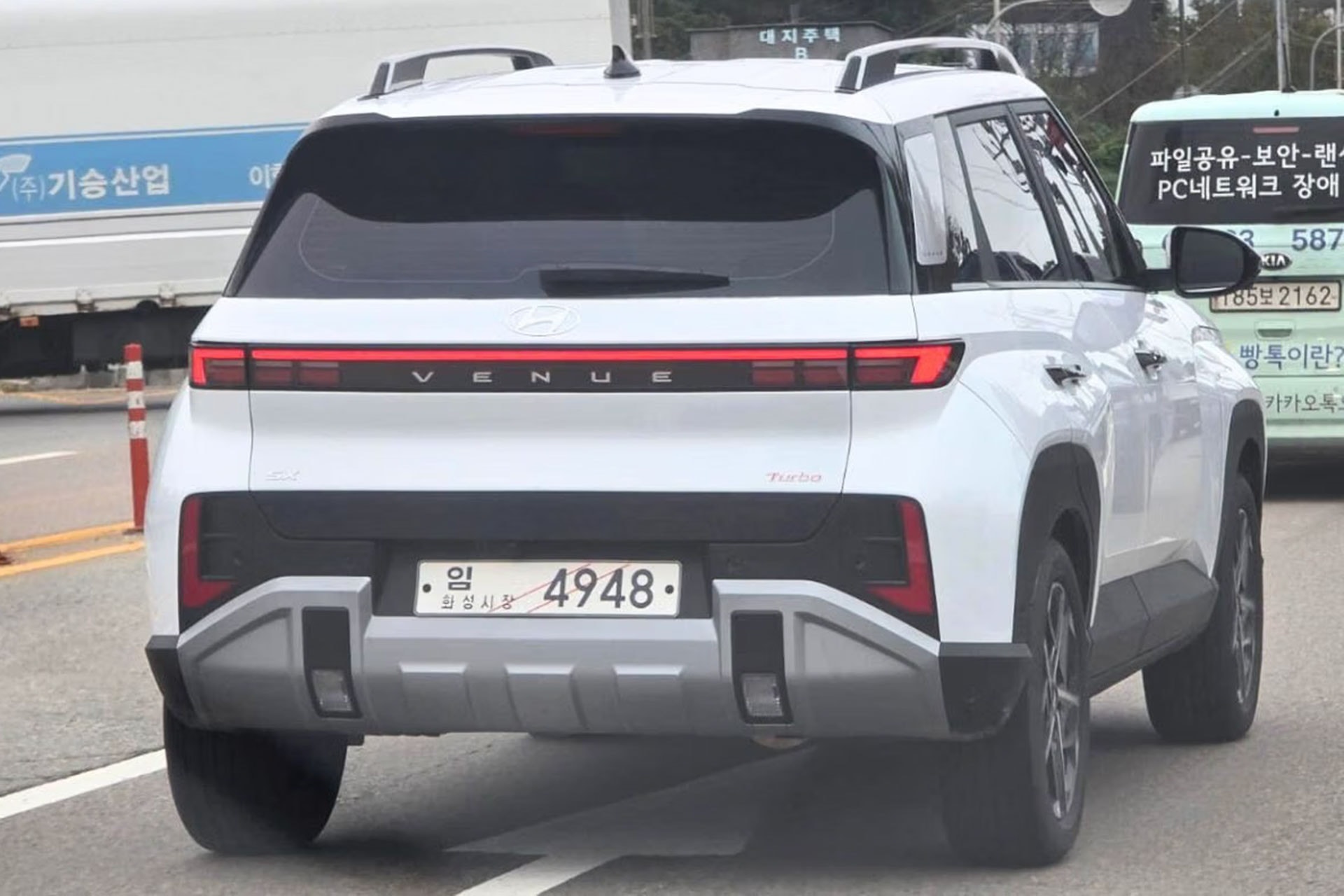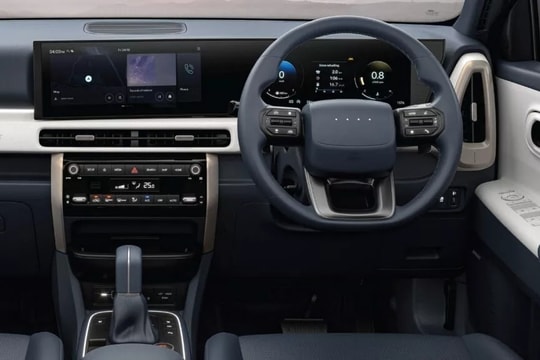New generation Hyundai Venue 2026: Major upgrade, added ADAS
Hyundai announces Venue 2026 ahead of November 4 launch in India: increased size, dual 12.3-inch screens, added ADAS level 2. Diesel version gets automatic for the first time; older generation still sold in parallel.
Hyundai has released details of the Venue 2026 – the second generation of its compact SUV – ahead of its launch in India on November 4. Compared to the previous generation, the new Venue has increased in size, improved equipment and added a level 2 ADAS driver assistance package. Notably, the diesel version appears for the first time with an automatic transmission, while Hyundai still maintains parallel sales of the old generation to diversify choices.
In terms of technology, the Venue 2026 switches to a 12.3-inch dual-screen cluster and integrates many convenience features that are only available in higher segments. The standard safety package continues to keep 6 airbags and electronic stability, while adding a 360-degree camera and an electronic handbrake with Auto Hold.
Fresh design, modern lighting recognition
The 2026 Venue's appearance has changed significantly compared to the previous generation. The front of the car uses layered LED headlights, C-shaped daytime running lights and a seamless LED strip running across the hood - a style consistent with recently launched Hyundai models. The rear of the car has a redesigned tailgate and a neater, more modern LED taillight cluster.
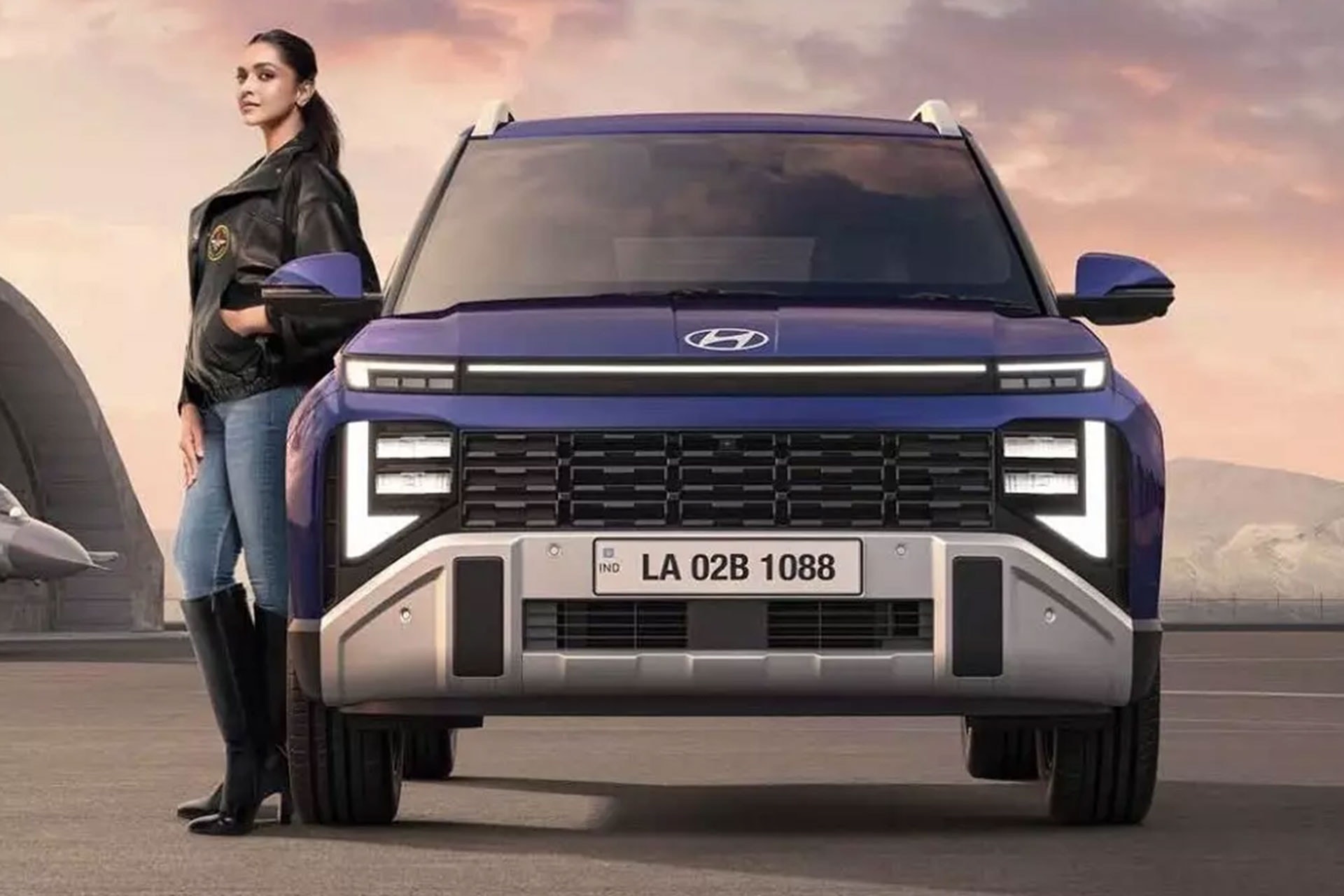
The increased overall dimensions allow for optimal space: the height is increased by 48 mm, the width by 30 mm and the wheelbase is 20 mm longer. With its more solid body proportions, the Venue is aimed at urban customers who need a compact SUV with good space.
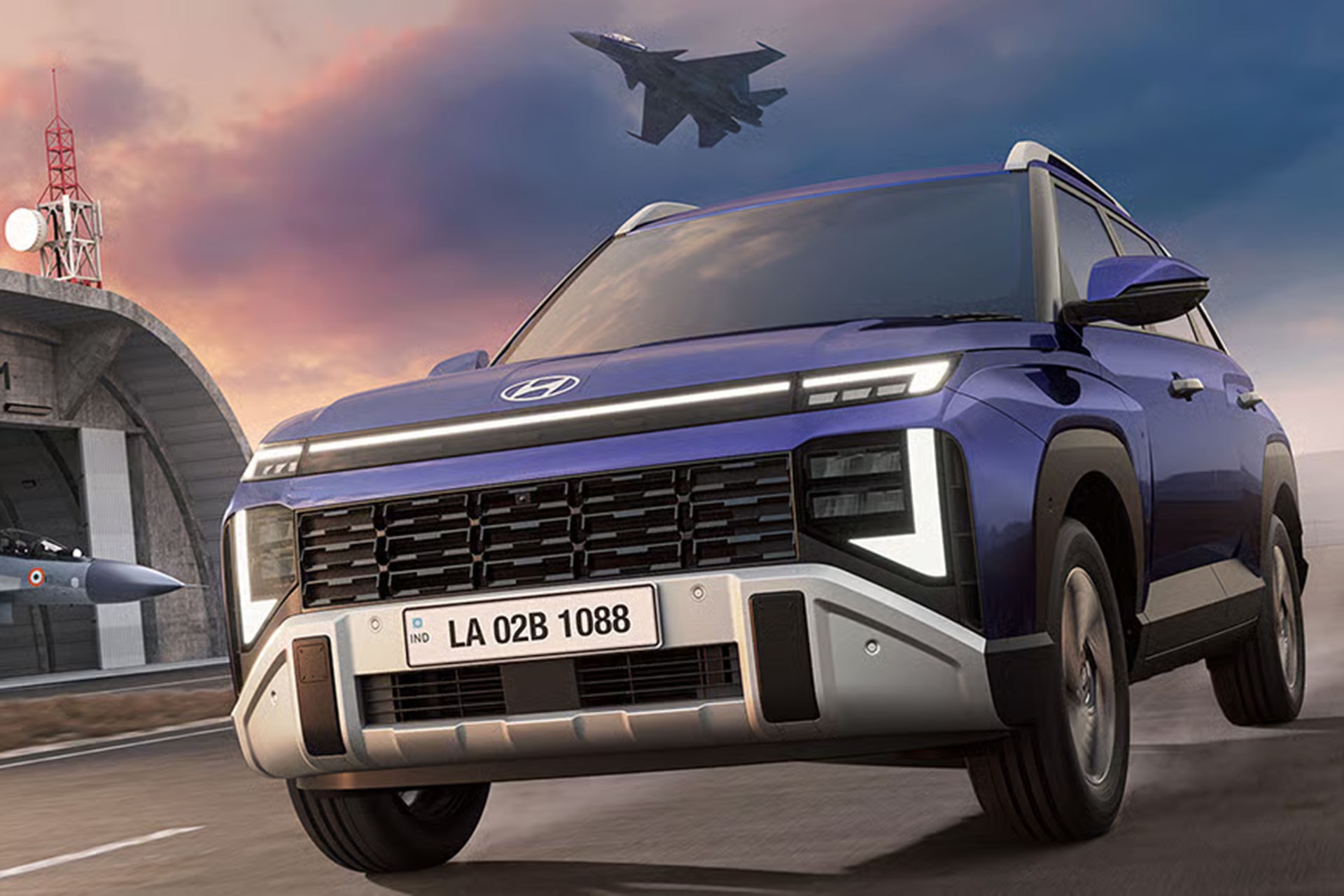
In the context of competition with KIA Sonet, Maruti Suzuki Brezza or Renault Kiger, the change in light language and body proportions helps Venue 2026 create a difference in recognition.
Modern cockpit with dual 12.3-inch screens
The Venue 2026 cabin is refreshed with a dual 12.3-inch display cluster consisting of a digital clock and a central entertainment screen. The dashboard layout is minimalist, focusing on digital display and connectivity. The previous generation's amenities continue to be present: electric front seats with cooling function, sunroof, interior ambient lighting, rear sunshades and 2-way reclining rear seats.
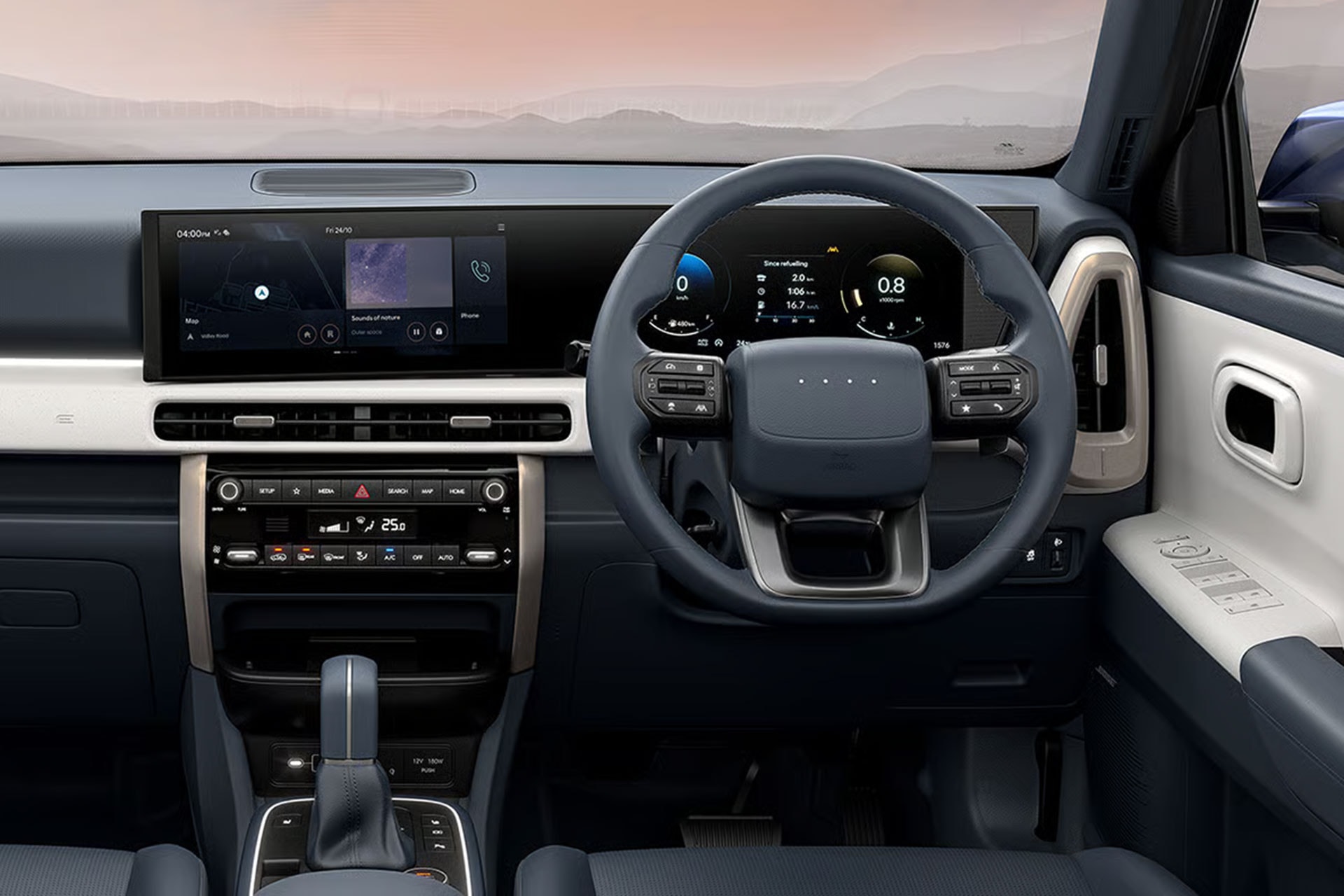
Thanks to increased dimensions, the new Venue promises to offer a more spacious feel for both the front and rear seats, making it suitable for urban family use.
Performance and drive: familiar engine choices
Hyundai does not change the engine configuration in the new generation, focusing on refining the accompanying equipment. Three engine options include:
- 1.2L gasoline, 83 horsepower, 113 Nm torque
- 1.0 Turbo gasoline, 120 horsepower, 172 Nm torque
- Diesel 1.5L, capacity 116 horsepower, torque 250 Nm
Diverse transmission options: 5-speed or 6-speed manual, 6-speed automatic and 7-speed dual-clutch DCT. The notable new point is that the diesel version has an automatic transmission for the first time, improving the convenience experience and helping Venue compete directly with the KIA Sonet diesel automatic version.
The automatic and DCT versions feature paddle shifters, three driving modes and three adjustable traction modes, providing flexibility in different driving conditions. Actual driving experience will vary depending on the configuration and road surface, but in theory the 2026 Venue continues to maintain the previous generation's economical and urban-friendly characteristics.
Safety and driver assistance technology
The Venue 2026 adds Level 2 ADAS. According to the announcement, the equipment package includes a 360-degree camera, front and rear parking sensors, and an electronic handbrake with Auto Hold. In addition, 6 airbags and an electronic stability system are standard equipment across the product range.
Safety ratings from independent organisations such as Global NCAP have not been published for the new generation at this time.
Main parameters summary table
| Category | Information |
|---|---|
| Resize | Height +48 mm; width +30 mm; wheelbase +20 mm |
| Lighting | Cascading LED headlights; C-shaped LED daytime running lights; seamless LED strip at the front |
| Screen | 12.3-inch dual screen cluster (digital clock + central entertainment) |
| Main amenities | Electric front seats with cooling; sunroof; interior lighting; rear sunshades; 2-position reclining rear seats |
| 1.2L gasoline engine | 83 horsepower, 113 Nm |
| 1.0 Turbo gasoline engine | 120 horsepower, 172 Nm |
| 1.5L diesel engine | 116 horsepower, 250 Nm |
| Gear | 5- or 6-speed manual; 6-speed automatic; 7-speed dual-clutch DCT |
| Operating features | Gear shift paddles on AT/DCT version; 3 driving modes; 3 traction modes |
| ADAS | 360-degree camera; front/rear parking sensors; electronic handbrake with Auto Hold |
| Standard safety | 6 airbags; electronic balance |
Pricing, positioning and parallel strategy of two generations
Hyundai will announce the price of the Venue 2026 when it launches on November 4. The company will also continue to sell the old generation Venue with only a 1.2L petrol engine and a 5-speed manual transmission, priced at 848,000–914,000 Rupees (254–274 million VND). This approach creates two clear choices: the old generation optimizes costs, the new generation focuses on technology and comfort experience.

In India, Hyundai has opened the Venue 2026 deposit for 25,000 Rupees (7.5 million VND). In Vietnam, the Venue is currently assembled domestically with a 1.0 Turbo engine, two versions priced at 499 million VND and 539 million VND.
Conclusion: A tech-forward upgrade, flexible options
The 2026 Venue is a comprehensive upgrade in the areas urban users need: better space, modern displays and an extensive safety package. The addition of an automatic transmission for the diesel version also helps the Venue increase its competitiveness in the segment.
Pros: New design, dual 12.3-inch screens, Level 2 ADAS, diverse powertrain range, diesel version has automatic transmission. Cons: Independent safety parameters not yet published, actual performance needs to be verified when the car is sold.
